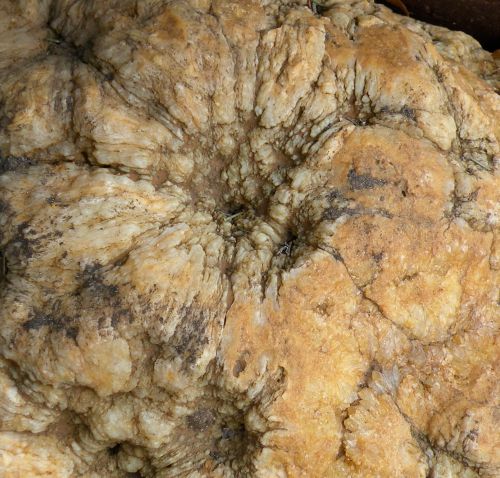BrewerGeorge
Well-Known Member
Bit of a fail last night. I am trying to get a specific surface treatment on the next batch of soap I'm making. I intended to paint the design onto the bottom of the silicone mold with glycerin and pigment, then pour soap over top. So last night I dug around the kid's drawers and the junk drawer looking for a paint brush, couldn't find one and ended up making a "pen" from a cuticle stick, mixed up some glycerin, charcoal, and black mica, and got to work drawing my designs. It looked like it was going to work, but after about 90 seconds, the surface tension of the glycerin and lack of friction of the silicone conspired to draw the lines into individual drops.
Back to the drawing board. Does anyone have any ideas how I might make this work? I'm afraid that oil would do the same thing. Even if it didn't, what would be the consequence of having unsaponified oil on the surface of the soap - even if it was only a few lines on the top and bottom? Actual soap would be ideal, but I can't make that small amount. Maybe making another batch first and stealing a couple tablespoons of batter for this is my best bet. Then let it harden in the mold and pour the new batch over top of it the next day. Anything anybody else can think of would be great.
Back to the drawing board. Does anyone have any ideas how I might make this work? I'm afraid that oil would do the same thing. Even if it didn't, what would be the consequence of having unsaponified oil on the surface of the soap - even if it was only a few lines on the top and bottom? Actual soap would be ideal, but I can't make that small amount. Maybe making another batch first and stealing a couple tablespoons of batter for this is my best bet. Then let it harden in the mold and pour the new batch over top of it the next day. Anything anybody else can think of would be great.






